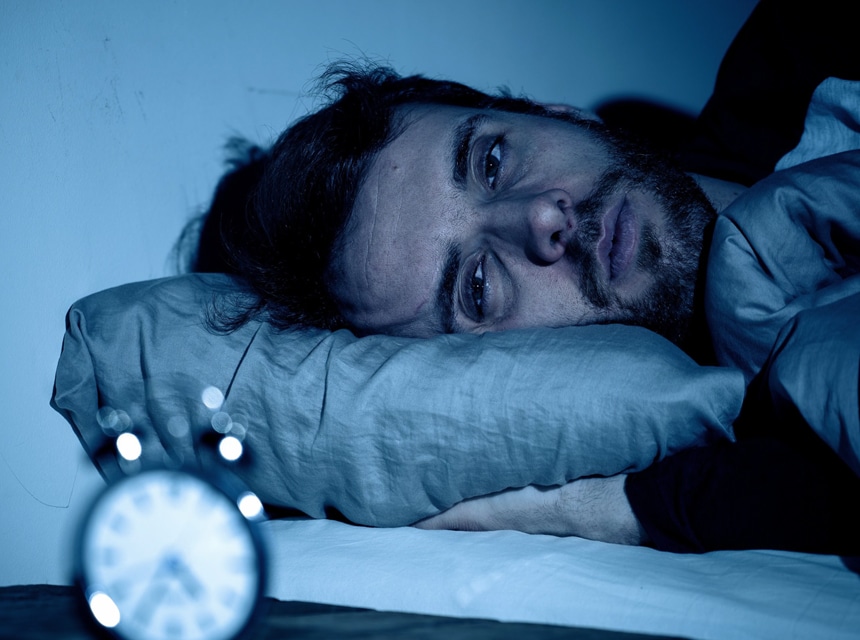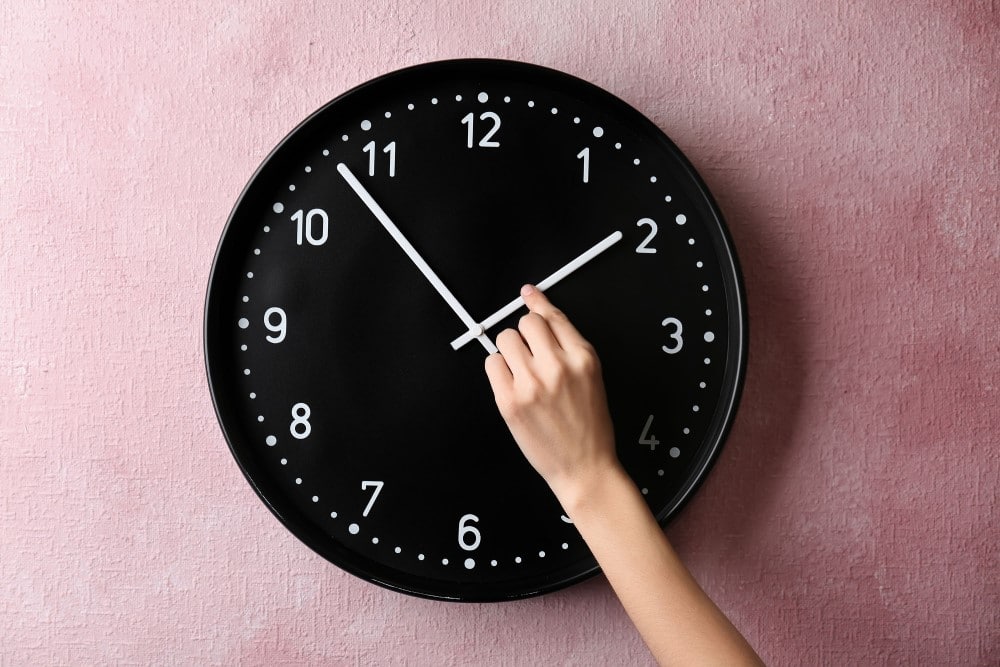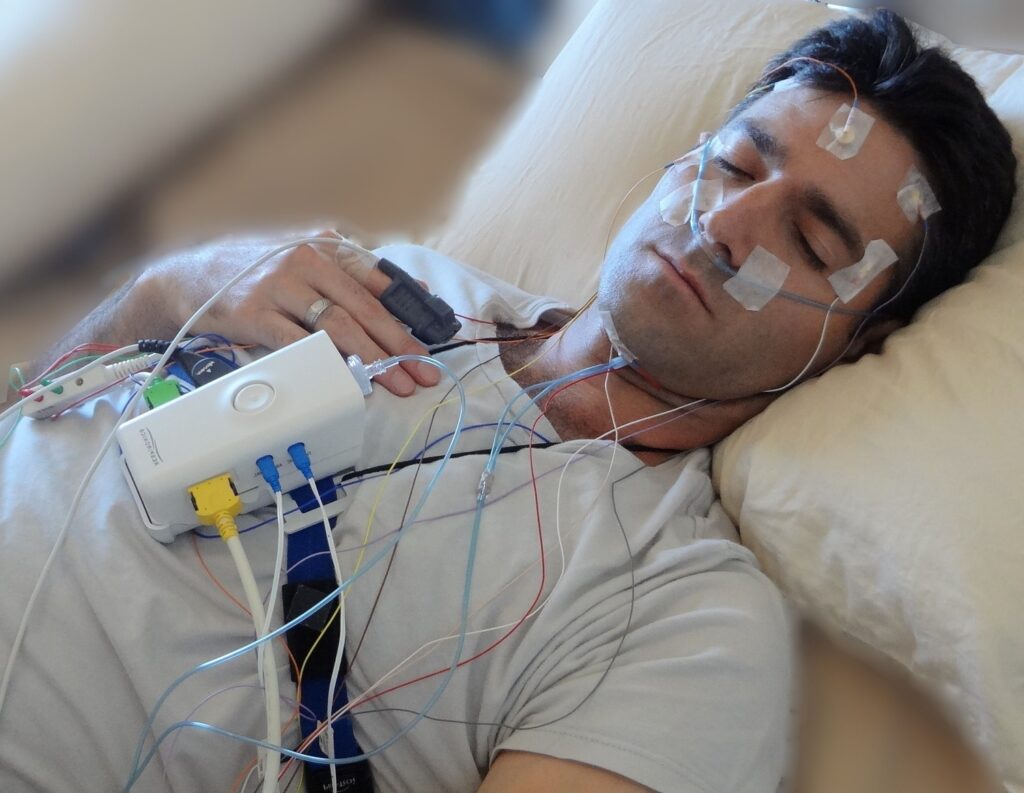

Do you (or perhaps someone you know) find yourself getting drowsy on long car rides or when floating along a lazy river? The scientific community has been focused on uncovering the link between human sleepiness and motion for a long time, and a recent study involving fruit flies may help us get even closer to understanding.
Sleep has long been the subject of deep study and speculation, and scientists have been keen to express that getting enough sleep is very, very good for you. Getting enough sleep Trusted Source Sleep - Harvard Health One in five Americans sleeps less than six hours a night—a trend that can have serious personal health consequences. Sleep deprivation increases the risk for a number of chronic health problems, including obesity, diabetes, and heart disease. If you have trouble sleeping, the following strategies can help you get more sleep. www.health.harvard.edu is linked with more positive moods, healthier organ function, clearer cognitive function, and many other benefits.
Sleep researchers have even discovered that sleep is as crucial for our survival as food and water, and should not be overlooked, put off, or compromised. Unfortunately, studies have found that one-fifth of American adults get less than 6 hours of sleep every night (the widely recommended number of hours is eight).
Unsurprisingly, figuring out how and why humans get the best possible sleep has been an academic focal point for decades. This is probably how researchers first discovered the connection between sleep and motion, which, incidentally, is something that parents around the world have discovered instinctually.
Indeed, an entire market has sprung up around the phenomenon that a baby in motion is often a baby asleep. Automatic rockers, car rides, walks around the block, and many other creative methods are just some of the ways that parents everywhere lull fussy babies to sleep Trusted Source 7 ways to help your baby fall asleep - CNN.com Motion sleep, whether it’s in a car, swing, or stroller, isn’t as restorative as crib sleep because it doesn’t allow for as deep a slumber, says West. But a car nap beats no nap. www.cnn.com .
As far as babies are concerned, that makes a lot of sense. There are many theories in existence that suppose that babies sleep easily in cars because the motion and the sound remind them subconsciously of being inside the womb (where a mother’s heartbeat is the constant sound that surrounds that).
Along that line of thinking, it would make sense for adults to naturally grow out of that tendency to be lulled to sleep by gentle motion. And yet, as we covered earlier, that’s not always the case. Many adults still find themselves growing tired when they are passengers during a long road trip (or even the driver in some cases!), and scientists aren’t positive why this still happens in adulthood.
In an effort to understand this mechanism in adult humans, certain researchers turned to fruit flies to see if they, perhaps, held the answer. What they found was quite interesting and may hold some clues for us humans.
During the experiment, researchers studied the effect of gentle, circular motion on both genders of different species of fruit flies. To control for certain variables, the scientists repeated the experiment in both daytime and nighttime conditions as well as in a group of flies that genetically lacked the circadian clock that drives many creatures to sleep in a regular cycle.
They found that the motion did make the flies sleepy regardless of whether or not they possessed the gene for the circadian clock. Further studies conducted by the same group also examined how the Nanchang receptors— a channel found in the body’s sensory organs that responds to vibrations of differing sizes— contributed to the motion-induced sleep phenomenon. This second study found that fruit flies who didn’t have this receptor were less influenced to sleep by motion than those that had it.
This research has the potential to set the stage for similar experiments conducted on human sleep. Perhaps, like with fruit flies, our receptivity channels for vibrations are the key to the mystery.





